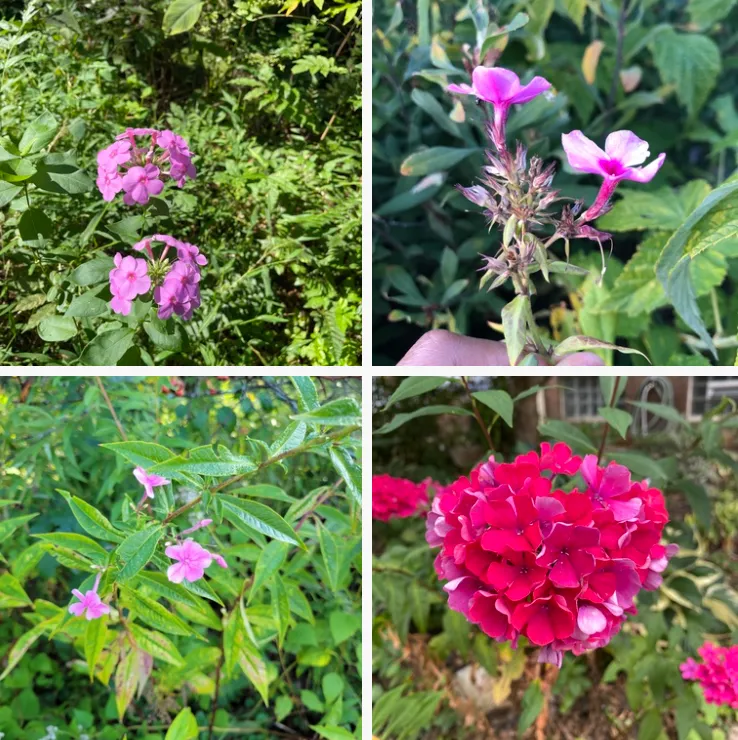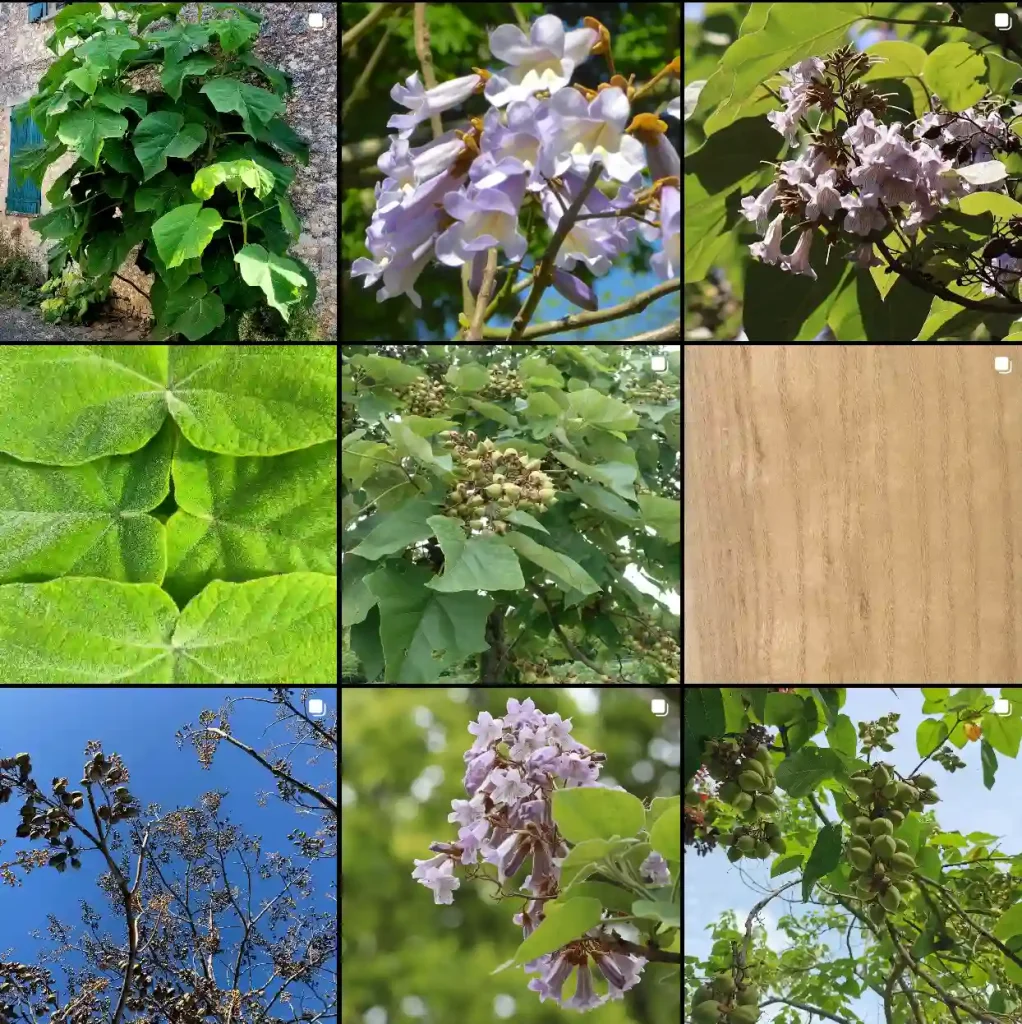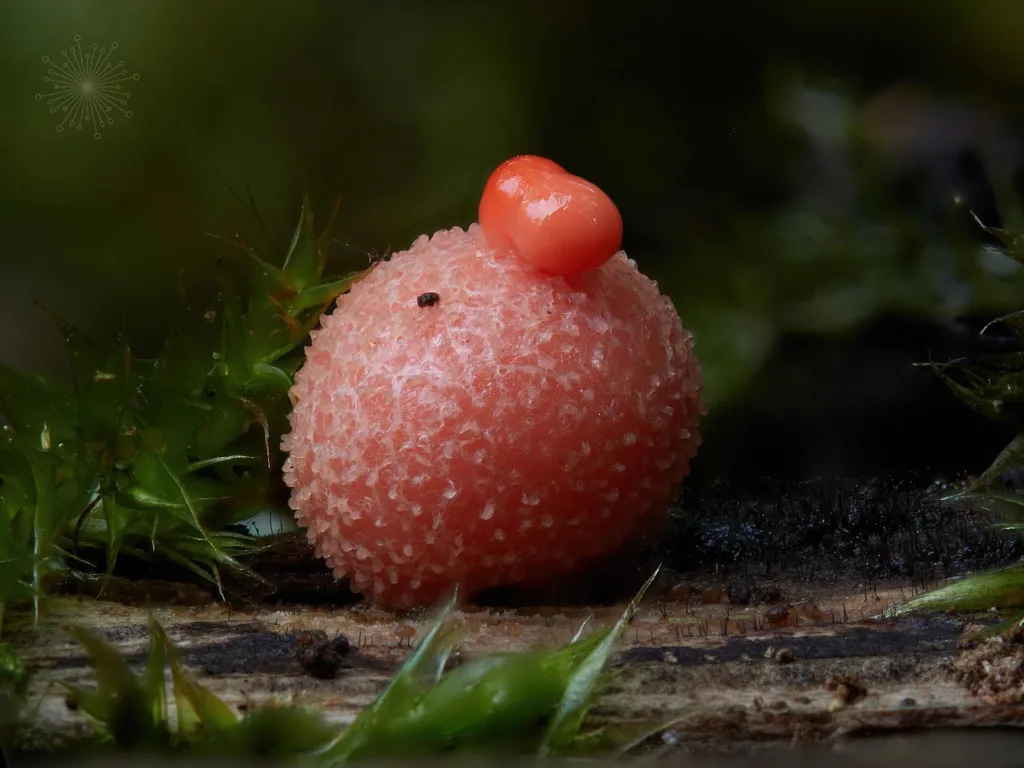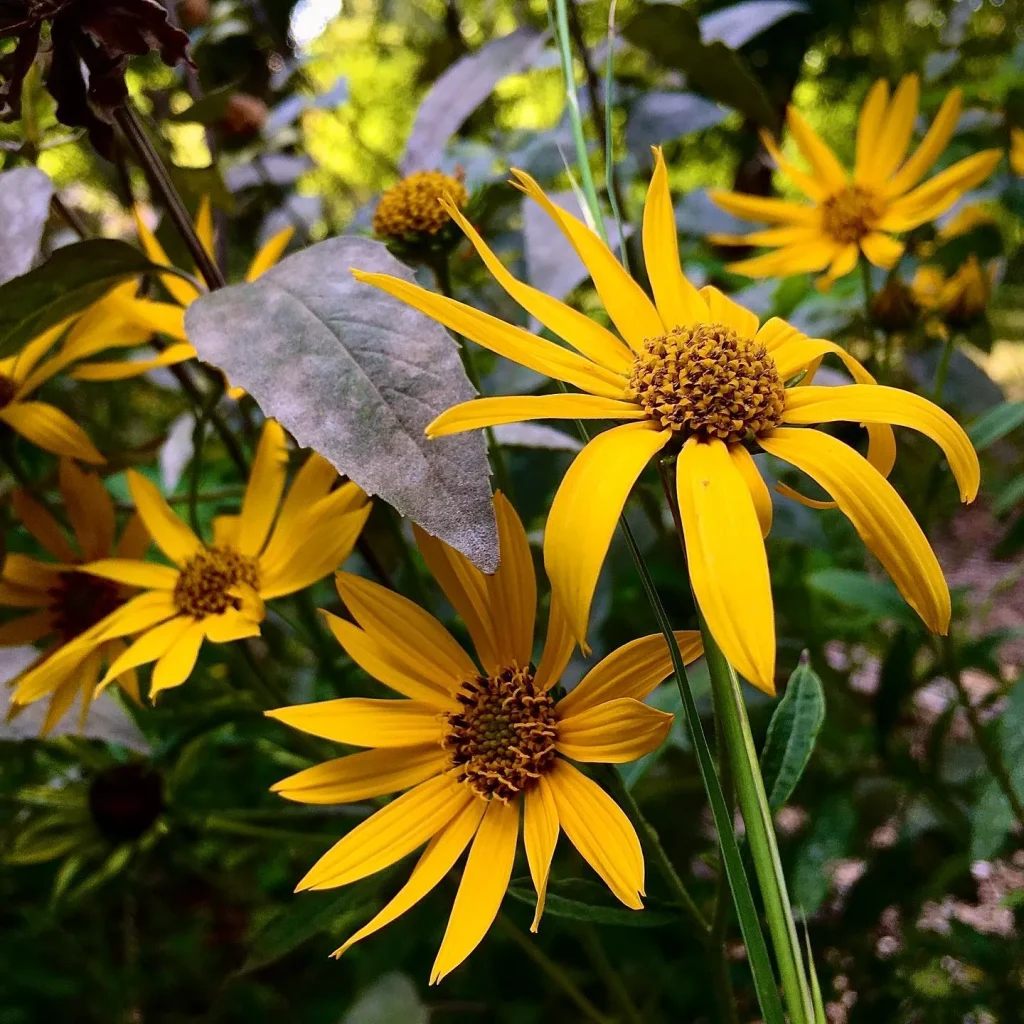FAQs About Fatshedera Angyo Star: My Experience
Fatshedera Angyo Star is a plant that has quickly become one of my favorites. With its striking variegated leaves and versatile growth habit, it’s a great addition to any indoor or outdoor space. Over time, I’ve gathered plenty of experience with this plant and encountered a lot of frequently asked questions that I’m happy to share my thoughts on.
What Is Fatshedera Angyo Star?
Fatshedera Angyo Star is a hybrid plant, a cross between Fatsia Japonica and Hedera Helix (English Ivy). This blend gives the plant its unique qualities—a mix of vine-like growth with bold, variegated leaves. Its foliage is characterized by five-lobed leaves that sport creamy white edges against dark green centers. This variegation makes it an eye-catching plant that works well in a variety of settings.
How to Care for Fatshedera Angyo Star?
Caring for Fatshedera Angyo Star is fairly easy, making it a perfect plant for both beginners and experienced gardeners. Here’s how I take care of mine:
- Light: Fatshedera Angyo Star thrives in bright, indirect light. It can tolerate some shade, but too much will cause the variegation to fade. I’ve placed mine near a north-facing window where it gets plenty of light without being scorched by the sun.
- Water: This plant prefers to be kept moderately moist. I water mine when the top inch of soil feels dry. Be careful not to overwater, as it can lead to root rot. A well-draining potting mix is crucial to avoid waterlogged soil.
- Temperature and Humidity: Fatshedera Angyo Star is quite adaptable but prefers moderate temperatures between 60-75°F. It doesn’t mind lower humidity, which is one reason it does well indoors. However, it enjoys occasional misting if the air gets too dry.
- Feeding: I feed mine with a balanced liquid fertilizer every month during the growing season (spring and summer). In the winter, I reduce feeding as the plant’s growth slows down.
- Pruning: Pruning is essential to maintain its shape, especially if it starts getting leggy. I typically prune mine in the spring to encourage bushier growth.
How to Propagate Fatshedera Angyo Star?
Propagating Fatshedera Angyo Star is straightforward and can be done through stem cuttings. Here’s how I do it:
- Choose a Healthy Stem: I select a healthy stem with at least a few leaves.
- Cut Below a Node: I make a clean cut just below a node, ensuring the cutting is around 4-6 inches long.
- Remove Lower Leaves: I remove the leaves from the bottom half of the cutting to allow space for rooting.
- Place in Water or Soil: You can root the cutting in water or directly in soil. I’ve tried both methods, and both work well. When rooting in water, I change the water every few days to keep it fresh. If using soil, make sure it’s moist but not soggy.
- Provide Bright, Indirect Light: I place the cutting in a spot where it gets plenty of indirect light.
Roots usually appear within a few weeks, and once they’re established, you can pot the new plant in its own container.
What to Plant with Fatshedera Angyo Star?
Fatshedera Angyo Star is versatile and can be paired with a variety of other plants. I like to plant mine with shade-loving companions like ferns or hostas when used outdoors. Indoors, I pair it with other variegated plants, such as Aglaonema or Pothos, to create a visually cohesive display.
How to Use Fatshedera Angyo Star?
One of the things I love about Fatshedera Angyo Star is its flexibility. I’ve used it in several ways, both indoors and outdoors:
- As a Climber: Although it’s not a vigorous climber like traditional ivy, Fatshedera Angyo Star can be trained to grow up a trellis or support. I’ve found it works well when given a little help with ties or clips.
- As a Ground Cover: Outdoors, it can be used as a ground cover in shaded garden beds. Its variegated leaves provide a pop of color against darker foliage.
- In Containers: I’ve had great success growing Fatshedera Angyo Star in containers. Its compact size makes it ideal for patios or indoor spaces, where it adds a touch of elegance.
Is Fatshedera Angyo Star Toxic?
This is an important question, especially for pet owners. Fatshedera Angyo Star, like many plants, contains compounds that can be toxic if ingested. While it’s not considered highly dangerous, it’s best to keep it out of reach of curious pets and children to avoid any issues. If you’re concerned about toxicity, consider placing it in a hanging basket or on a high shelf.
Pests and Problems with Fatshedera Angyo Star
Fatshedera Angyo Star is generally a low-maintenance plant, but it’s not completely free from problems. Here are a few issues I’ve encountered:
- Spider Mites and Aphids: These pests can occasionally be a problem, especially in dry conditions. I’ve dealt with them by regularly misting the plant and, if necessary, using a mild insecticidal soap.
- Leaf Drop: If the plant starts dropping leaves, it could be due to overwatering, underwatering, or sudden changes in temperature. Keeping a consistent care routine has helped me avoid this issue.
Conclusion
Fatshedera Angyo Star is a unique and attractive plant that can be a standout in any collection. With proper care, it’s easy to maintain and offers versatility in its use. Whether you’re growing it indoors as a houseplant or outdoors as part of your landscape, Fatshedera Angyo Star is a rewarding plant that adds elegance and texture to your space.
If i die, water my plants!



